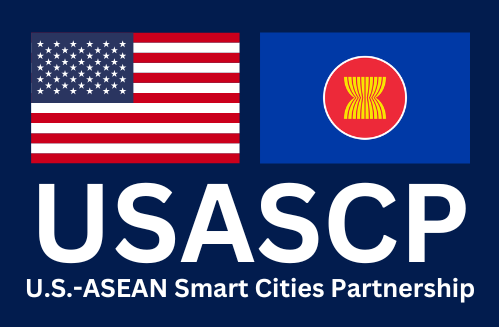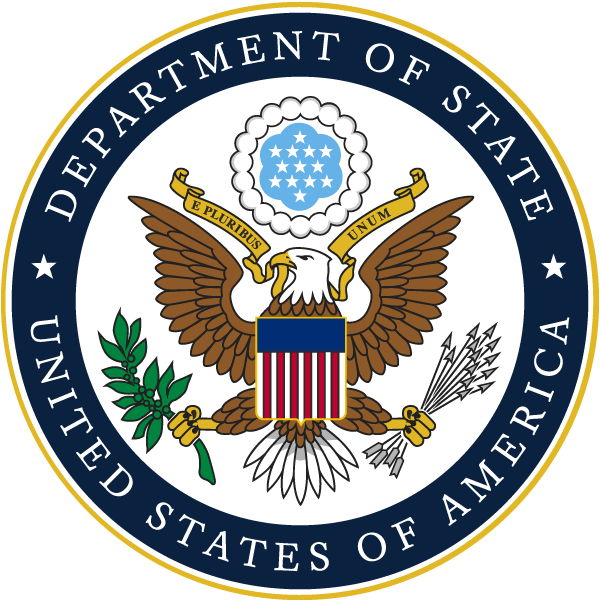In today’s world of Internet-connected products, more countries allow the display of regulatory and other product information via electronic means—an “e-label”—as it is a practical way for consumers and regulators to access information.
E-labels have many benefits, but a key one is they ensure labeling requirements don’t inhibit product innovation. As products get smaller, it becomes increasingly difficult for manufacturers to find physical space for labels big enough to address users in multiple markets intelligibly. The widespread use of Quick Response (QR) codes during COVID-19 demonstrates how easily consumers and governments could use e-labels, given how many people own smartphones. However, as more countries allow or consider allowing e-labels for regulatory purposes, there is the risk that divergent and complicated approaches will undermine their benefits and create a technical barrier to global trade in information and communication technologies (ICT) and other products.
 U.S.-ASEAN Smart Cities Partnership
U.S.-ASEAN Smart Cities Partnership

